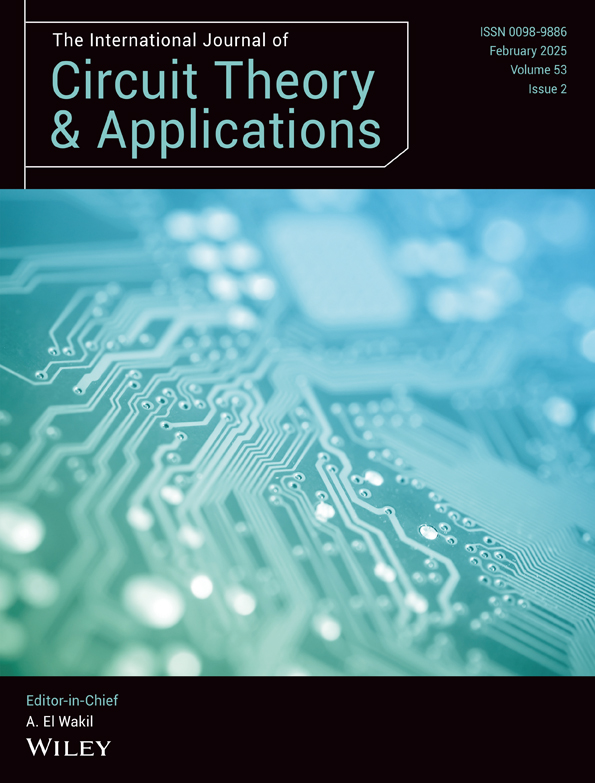Voltage-based fault arc detection based on PCA-RF
Funding information: This work was supported by the National Natural Science Foundation of China “Research on Key Technologies of Asymmetric Magnetic Coupling Resonance Radio Energy Transmission for Mining Applications” under Grant 52074305.
Summary
The arc fault characteristics of certain loads lack significance, making it difficult to efficiently detect the line current characteristics. This research presents a novel approach for detecting arc faults using a combination of principalc analysis (PCA) and Random Forest (RF) based on voltage measurements. The time-domain eigenvalues of the load terminal voltages of single and mixed loads are initially extracted during both arc fault and normal operation. Principal component analysis is then conducted on a subset of these eigenvalues. The skewness and magnitude features of the resulting principal components and load terminal voltages are utilized as inputs for the Random Forest algorithm. After training the model, classification results are obtained. Ultimately, it is contrasted with techniques such as rime optimization algorithm-multilayer perceptron (RIME-MLP), convolutional neural network-gated recurrent unit-SE attention (CNN-GRU-SE), and Kepler optimization algorithm-support vector machine (KOA-SVM). The results demonstrated that the approach exhibits superior accuracy and a reduced false alarm rate.
CONFLICT OF INTEREST STATEMENT
The authors declare no potential conflict of interests.
Open Research
DATA AVAILABILITY STATEMENT
The data that support the findings of this study are available from the corresponding author upon reasonable request.




